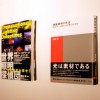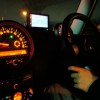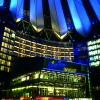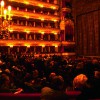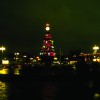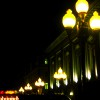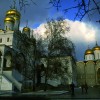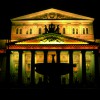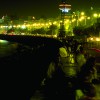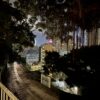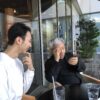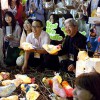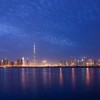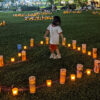When Conducting a Lighting Survey
Interviewer: Emiko Nagata
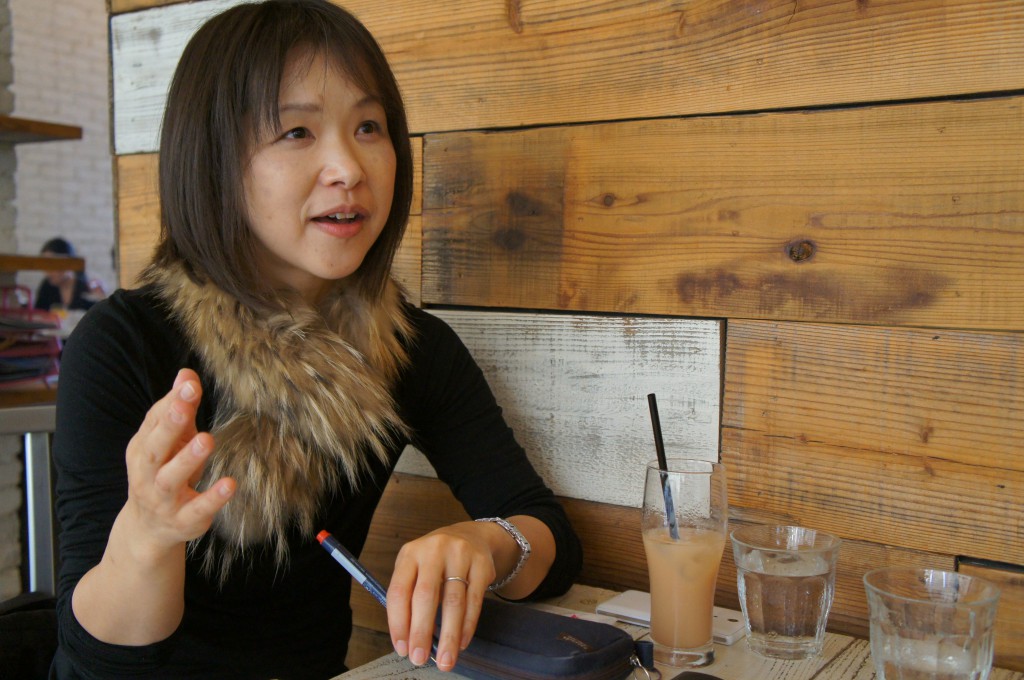
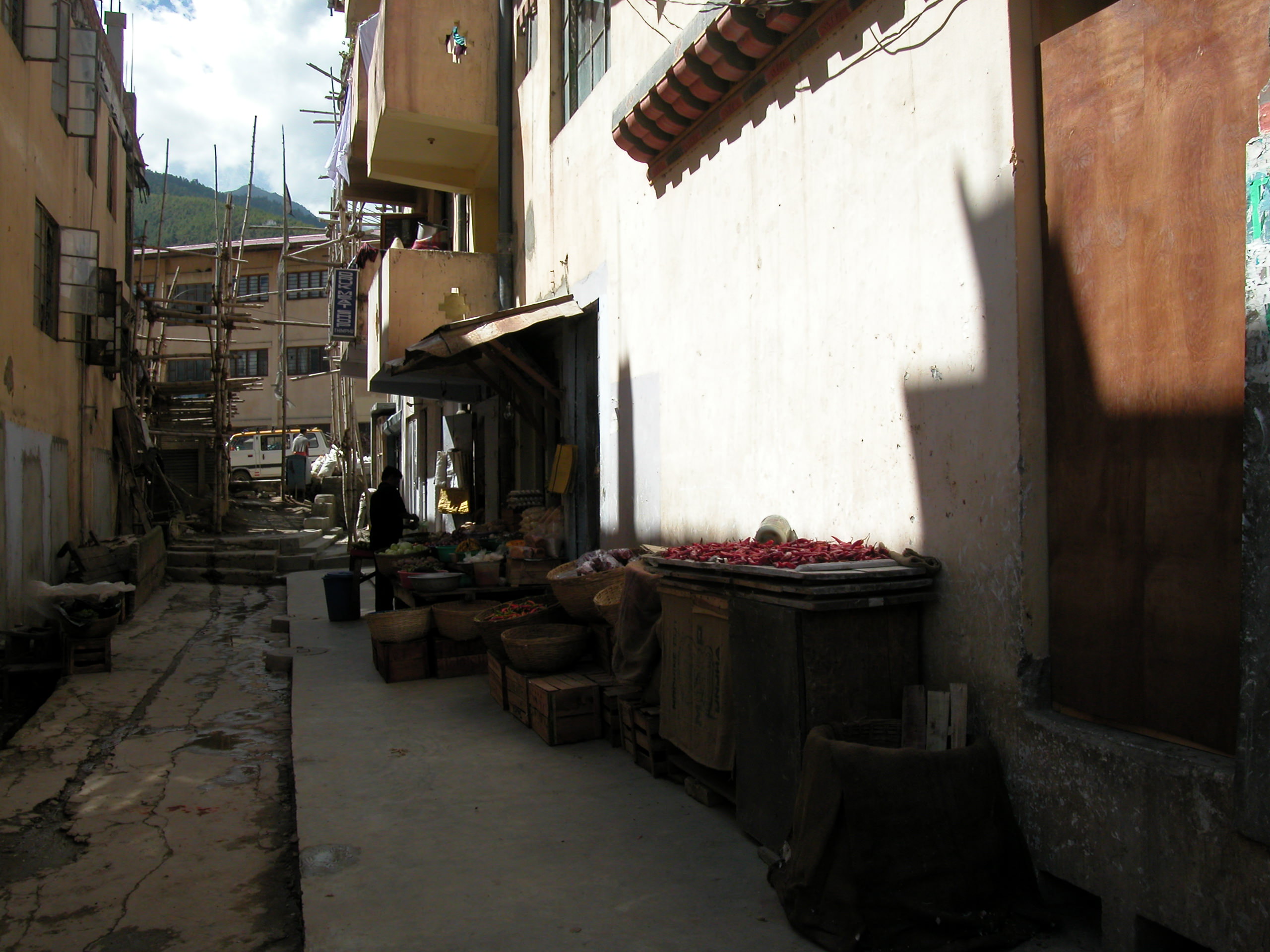
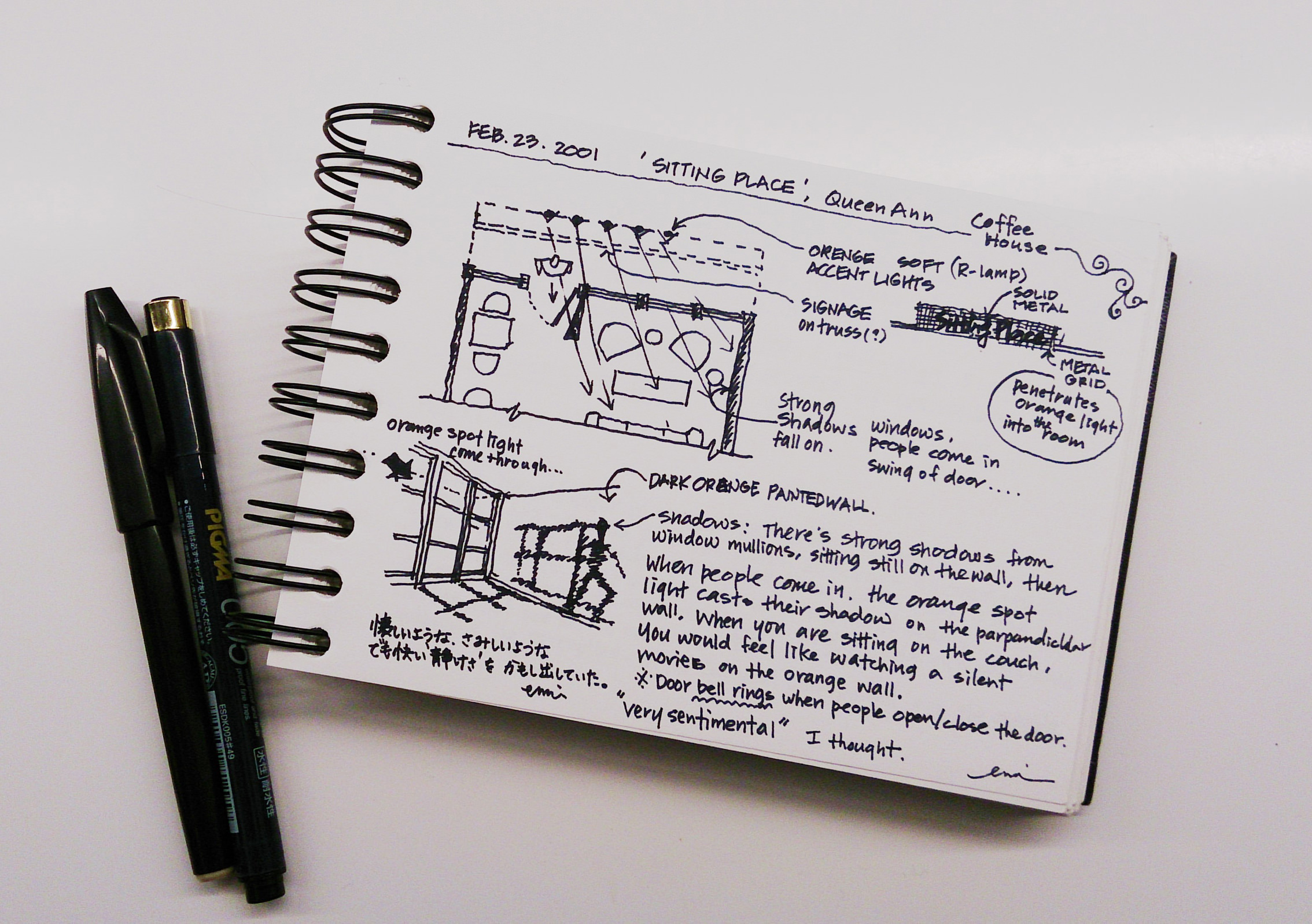
Nagata: For today`s talk I proposed that we talk about what to do during a lighting survey, but this is a topic I really want to avoid. (ha, ha, ha…)
Mende: What?!
Nagata:Actually, for a while now I have felt very stressed out about what is expected to be gained from a lighting survey and what consists in the final report. After the several surveys that I have completed, the reaction to the final report was always very lukewarm…
Mende: Hmmm?! Really?!
Nagata:Especially the criticism about the pictures I took. Back then, what I thought was the purpose and relevant for a lighting survey was not what was expected from everyone else. From that point on I have questioned and thought endlessly about “what does one do when surveying light?!”
Mende:Hmmm. So I bet you weren`t looking forward to the conversation today! (Ha, ha, ha!) I have always thought I was clear that the purpose of a lighting survey is not to take pretty pictures. That said, as a survey methodology, one should be able to take decent pictures. This is a bare minimum skill and forming a habit of brushing up on such skills to build one`s career is important. So, as a lighting designer, I think it is important to be able to take good pictures.
Nagata:Yes, and when I go on a survey I get caught up in the formality of drawing a cool sketch or taking cool pictures and I am unable to really understand the local lighting and landscape.
Mende: Lately, we have been trying to put together an urban lighting survey manual, it always seems to comes down to methodology. Draw a section here or there, like the manual states, and everyone follows this form exactly like they are going on a survey just to fill in the blanks of a test. And this is a problem.
Nagata:While surveying, if one doesn`t take time to look, watch and think, I think the survey will only just scrape the surface.
Mende:Yes, that is probably true. That might be a better topic for discussion.
Nagata:The profoundness of a survey?
Mende:Well, it’s like this. For those that can`t take good pictures, they take time to draw. Even if they are not very good at that, they look and watch and try to create the best sketch they can.
Nagata:Yes, it has been over 10 years ago, but I was given a sketchbook and told to sketch any ideas or things I saw on a daily basis. From then, it has become a habit to really think about the things I see or feel.
Mende:I think even just writing down words is a good idea, too. However, instead of writing down what you saw or felt after the fact, when possible, drawing or journaling while you see or feel something can reveal different things and transforms the intensity of the time experienced.
Nagata:You have surrendered yourself over to various places because you say it is important to encounter light. When you use the word “encountering” light, I really think I understand.
Mende:“Encountering” is something that happens unexpectedly. I don`t think you can plan an “encounter.” One cannot go out and search for an “encounter with light.” It is just something that happens all of a sudden and your frame of mind will determine if it is good or bad encounter. It might seem like too much, but you really have to expose yourself. You almost have to be empty of emotion and then you can take in so much more. In the extreme sense, I think it is the capacity to feel and sense various types of light. Nowadays, encounters are usually “seen” through the finder of a digital camera or smartphone and, even with good judgment or full self-exposure, the excitement of the encounter is lost.
Nagata:(Makes me think…)…
Mende:As a methodology, we use lux meters to record numbers, but the purpose of a lighting survey is to enrich our state of emotions and then be able to gather those thoughts and emotions. Finally, after you have gathered your thoughts and emotions, this needs to be conveyed to your audience through words, sketches, and other devices. This is what I call a lighting survey.
Nagata:(Can hardly speak…) Well, yes…
Mende:Finally, after going to a place and surveying, you went, you did, you saw and what did you take away? From this information, one forms of personal principals or theories that lead to speculations or deductions about a place. This is all written down in a book by Hiroshi Hara, “100 Things Learned from Villages.” He goes on to say: go to places, one by one, and see and feel that place. These places are trying to tell us something through their history. Picking up on what they are trying to tell us is important. This can lead to new insights, ideas, or the most important hint for a successful design. This was the motivation for Hiroshi Hara on his travels throughout the world. I would hope that this is the purpose of our lighting surveys, too.
Nagata::That is very profound. Thank you for the wonderful talk today.





